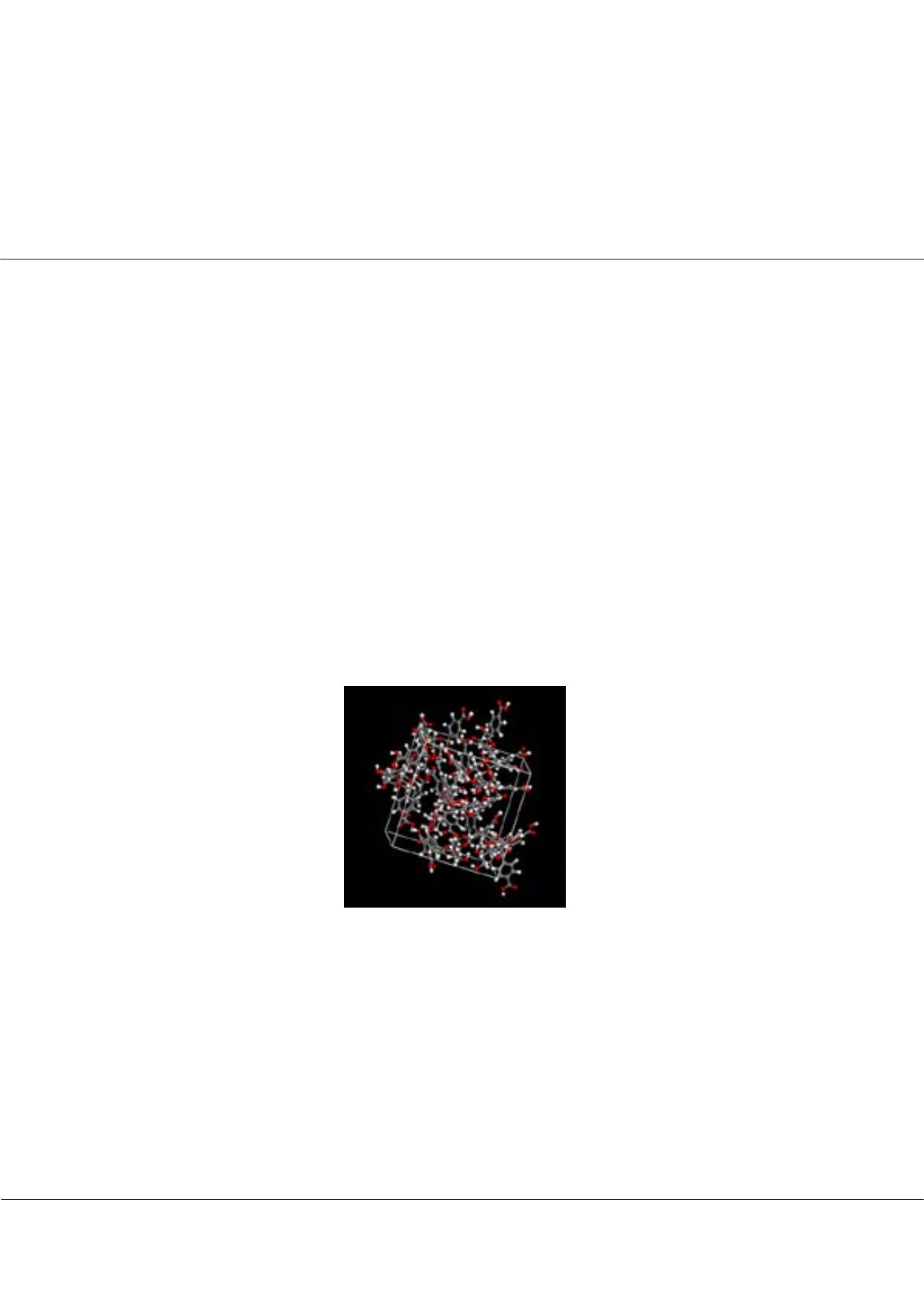

Page 64
conferenceseries
.com
Volume 6
Research & Reviews: Journal of Material Sciences
ISSN: 2321-6212
Advanced Materials 2018
September 04-06, 2018
September 04-06, 2018 | Zürich, Switzerland
21
st
International Conference on
Advanced Materials & Nanotechnology
In silico
study of the self-assembly and gelation of sugar derivatives
Dafna Knani
ORT Braude College, Israel
L
ow molecular weight gelators are molecules capable of forming gels in which they are self-assembled into a physical
3D network of fibers, held together by non-covalent interactions like hydrogen bonds, Van der Waals forces and π−π-
interactions. The organic gelator 1,3 (R):2,4(S)-dibenzylidene-D-sorbitol (DBS) self-organizes to form a 3-D network at
relatively low concentrations in a variety of nonpolar organic solvents and polymer melt. DBS could be transformed into
a hydrogelator by introduction of hydrophilic groups, which facilitate its self-assembly in aqueous medium. In this work,
the self-assembly of DBS and its derivatives was investigated by molecular modeling. A dynamic molecular simulation was
carried out using atomistic and quantum tools included in the Material Studio 8.0 (by Biovia) software. Various properties
(cohesive energy density, mixing energy, radial distribution function) were calculated to illustrate the interactions that govern
the self-assembly of the examined compounds. The results of the simulation indicate that the interaction between DBS-COOH
molecules is stronger than DBS-CONHNH
2
and DBS and its water compatibility is highest. Therefore, DBS-COOH seems
to be a better hydrogelator than DBS-CONHNH
2
and DBS. Intermolecular H-bonding interactions are formed between the
three molecules as pure substances and they dramatically decrease in the presence of water. In contrast, the intra-molecular
interactions increase in water. This result indicates that in aqueous environment the molecular structure tends to be more
rigid and fixed in the preferred conformation. Due to H-bonds, DBS and its derivatives form a rigid structure which might
explain their tendency to create nanofibrils. In order to obtain effective hydrogelators, fine-tuning of the balance between the
hydrophilic (soluble) and hydrophobic (insoluble) parts is essential.
Figure:
Periodic cubic cell of DBSCOOH, after 500ps dynamic simulation
Recent Publications
1. DAlperstein, DKnani, NBorchmann, MSpekowius and CHopmann (2014) Prediction of environmental stress cracking
in polycarbonate by molecular modeling, Polymers for Advanced Technologies 25:1433-1438
2. DKnani, DAlperstein,ThKauth, DKaltbeitzel and ChHopmann (2015) Molecular modeling study of CO
2
plasticization
and sorption onto absorbable polyesters, Polymer Bulletin 72(6):1467-1486
3. D Alperstein and D Knani (2017) Design of novel plasticizers for nylon: from molecular modeling to experimental
verification, Polymers for Advanced Technologies 28(1):53-58
4. D Knani, Hilla Barkay-Olami, David Alperstein and Meital Zilberman (2017) Simulation of novel soy protein-based
systems for tissue regeneration applications, Polymers for Advanced Technologies, 28(4), 496–505
5. D Knani and D Alperstein (2017) Simulation of DBS, DBS-COOH and DBS-CONHNH
2
as hydrogelators. The Journal
of Physical Chemistry Part A 121(5):1113-1120.
Dafna Knani, Res. Rev. J Mat. Sci. 2018, Volume 6
DOI: 10.4172/2321-6212-C3-020
















